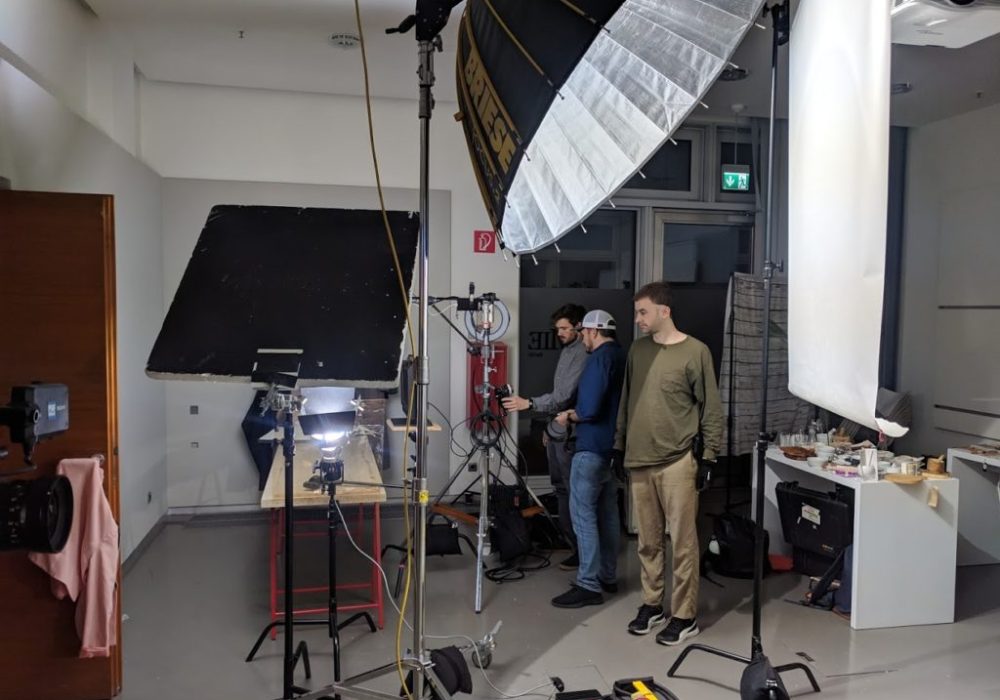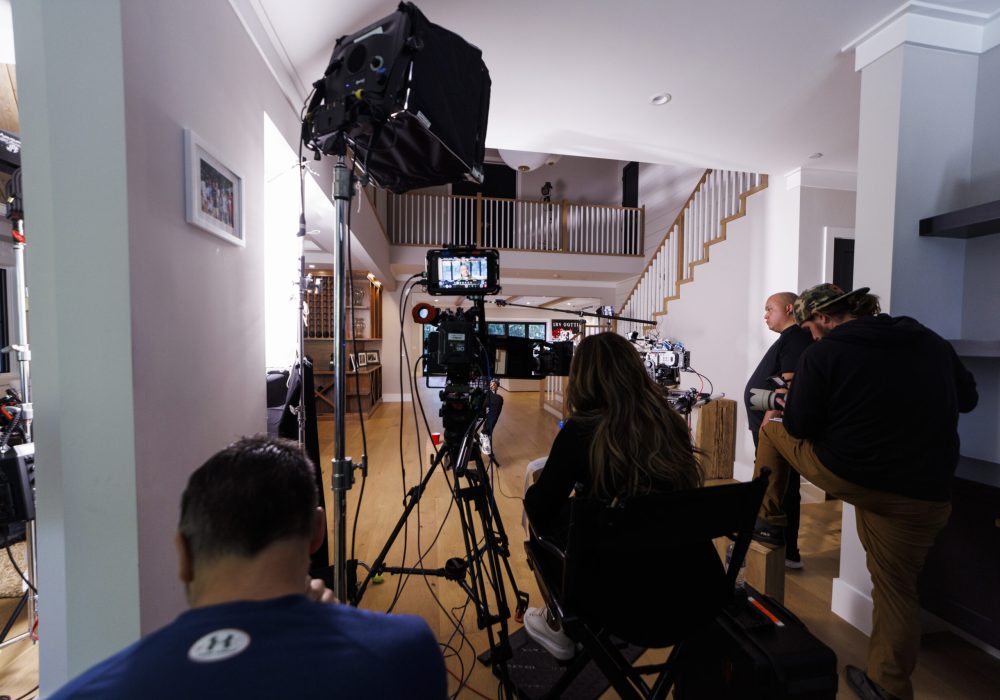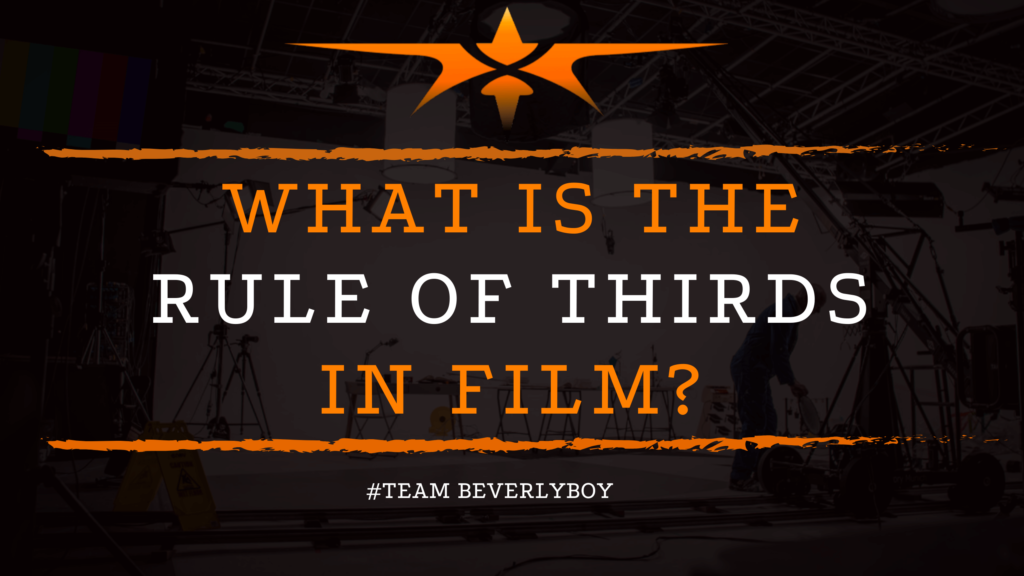What is The Rule of Thirds in Film?
Telling a story visually is a lot of hard work and requires more than just a point and shoot attitude from the filmmaker. Every detail in regards to how the scenes are captured, how the camera is moved, and how elements or objects within the viewable area are framed can impact how the story progresses and how the audience perceives the story.

get a rule of thirds quote here!
Have you ever wondered why some footage simply doesn’t appear to be as attractive as others? The Rule of Thirds in Film is one of many important filmmaking concepts that professional cinematographers employ to maximize the visual appeal of their works while telling their story, but what is the rule of thirds in film and what makes this simple tactic so powerful?
An Important Note about Composition
Before we get to the rule of thirds and what it means, it’s important for you to understand composition. In film, composition represents the arrangement of objects within the frame, aka, it’s what you see on the other side of the lens. The rule of composition applies to basically all visual arts and is frequently used in photography, videography, and in film production. By following basic rules of composition the filmmaker can make powerful statements.
In fact, the rule of thirds is one of many rules of composition that a filmmaker may use. Actually, most of the time the filmmaker is following the rule of thirds. This and other techniques which exemplify where and how objects are placed within the frame can make an ordinary video something extraordinary.
What is The Rule of Thirds in Film?
If composition is everything that you can see within the frame, including the objects and subjects, the space and the depth in between, then the rule of thirds must have something to do with all of that. If you’re thinking along these lines, then you’re on the right track! The rule of thirds is a basic rule of composition that essentially involves dividing the frame visually into thirds both horizontally and vertically so that there are nine equal parts within the frame.

According to The Rule of Thirds in Film, if you position your camera so that your primary objects (those that you believe are most significant to your audience) are along or within the intersecting lines or thirds, your image will be visually attractive. Now, this doesn’t mean that images which place the object or subject outside the intersecting lines or outside of the thirds don’t have a use or are unattractive, but films that employ the rule of thirds to their advantage are likely to draw audience attention and keep the audience visually engaged, longer.
Why is The Rule of Thirds in Film Important?
You’re probably wondering why the rule of thirds is even a thing. What is it that makes some random rule of segregating a frame into thirds so important? How does this make an image more appealing or less appealing?
These are all great questions! In fact, The Rule of Thirds in Film is important because it helps to soften the image and create a more balanced, inviting composition. Frames become more attractive when images are placed outside the center either to the left, right, top or bottom. In doing so, you not only maximize the viewable space by considering each quadrant or area from an individual standpoint, but you also give your audience a break.
Think about a movie theater. The screens that we watch films on seem to just keep getting bigger and bigger. Our eyes are only capable of seeing so much. If we look to the center, we miss what’s happening on the outer edges of the screen or we can literally exhaust ourselves trying to see everything on such a big screen at a given time. But, a cinematographer that uses the rule of thirds to divide the screen up gives the audience a bit of a break allowing their eyes to relax and focus on a smaller portion of the screen.
The rule of thirds is comparative to the Golden section rule which was widely popular during the Renaissance period. This was a very unique, and powerful period for art and, in the words of today’s era – if it’s not broke, don’t fix it! Thus, this compositional rule worked during the Renaissance, and it still works rather well today.
Breaking The Rule of Thirds
Just because we have rules doesn’t mean that we can’t break them! While The Rule of Thirds in Film is a compositional technique that has certain benefits, there are equally certain benefits that can come from breaking the rules. Thus, if you’re not sure whether the rule of thirds is something that you should follow or not, consider these instances in which breaking the rules can and will work to your benefit:
- Images in which a mirror view is provided such that a half and half approach works better than a thirds approach. Think about the reflection of the sky across a lake.
- Instances in which a horizontal line of symmetry or a vertical line of symmetry make sense, similar to the instance above.
- Instances in which it’s just easier to capture images in the full frame rather than to risk cutting something out or missing out by using the rule of thirds.
While The Rule of Thirds in Film is fundamental to composition, it’s not something that you must always employ. Use your compositional technique to your advantage, but don’t be afraid to break the rules every once in a while.
get a rule of thirds quote here!


